
regenerative species
UNIVERSITY FOR THE EARTH
1
Accelerating, incubating, and promoting entrepreneurial & social projects based on regenerative technologies and practices
2
Cultivating regenerative skill sets, mindsets and culture
3
Establishing a global network of local centers dedicated to Earth regeneration solutions and communities
4
Reshaping the financial and policy landscape to make it conducive for an Earth regenerative humanity
- Accelerating, incubate, and promote entrepreneurial & social projects based on regenerative technologies and practices
- Cultivating regenerative skill sets, mindsets and culture
- Establishing a global network of local centers dedicated to Earth regeneration solutions and communities
- Reshaping the financial and policy landscape to make it conducive for an Earth regenerative humanity
THE TIME IS NOW TO CHOOSE BETWEEN...
30% reduction of global crop yields
37% species bound for extinction
40%deforestation of the Amazon rainforest
restore soil fertility and forest health
rewild cities, decreasing urban temperatures
boom resilience to extreme weather




THE COST OF INACTION IS TOO HIGH
We know humanity can Regenerate Earth
Voegele returned in the 1990s to lead a major 12-year World Bank project to help restore dirt to healthy soils on a vast scale. “This was absolute desert. A few years later the whole thing came back,” he says. “We saw birds, butterflies, insects – the whole ecosystem began to recover. Even after hundreds of years of complete devastation, the seeds were still in the ground and things began to happen very quickly. We did not expect that.”
Sebastião Salgado (Photo: Facebook/Reproduction)
The result, as can be seen in the images, is impressive! Around 172 species of birds returned to the site, as well as 33 species of mammals and more than 293 species of plants. And it didn't stop there: 15 species of reptiles and the same number of amphibians were also seen. In other words, a complete ecosystem!
The old highway, which cut through the city, created a barrier and disrupted the flow of the historic district. This situation led to traffic congestion, noise pollution, and a diminished sense of historical continuity within the city. Utrecht made the decision to restore the city's historical character and improve the quality of life for the residents, and it appears that's exactly what the city accomplished. Pedestrians and cyclists can freely traverse the once-divided areas, enjoying the picturesque views along the restored moat. The reduction in traffic congestion and noise pollution has also enhanced the quality of life for residents and visitors alike. The project stands as a testament to the city's commitment to preserving its past and embracing a greener future
THE FUTURE OF ECONOMY IS GREEN
- 10 TN $
per yearfor regenerative
food production - 1 TN $
per yearto replace plastic packaging with plant based alternatives - >2 TN $
per yearto address water
scarcity crisis - 58 TN $
per yearsave up by preserving
water sources
of the 21st century:
10 TN $
per year
for regenerative food production
1 TN $
per year
to replace plastic packaging with plant based alternative
>2 TN $
per year
to address water scarcity crisis
58 TN $
per year
save up by preserving water sources
HOW ARE WE GOING TO ACHIEVE THIS?
Acceleration & Education
A dynamic platform designed to develop fundable regenerative projects and train professionals for the regenerative economy.

and project acceleration:
- 1Annual thematic contests gather the world's best regenerative ideas. Winners are invited to join the Earth Hub program.
- 2Over 9 months, projects are accelerated using principles and methods of regenerative entrepreneurship. Participants gain skills and insights from leading global experts in regeneration. Graduates act as mentors and catalysts within a broad community of regenerative changemakers, enhancing collaborative learning and co-creation of solutions.
- 3Through peer-to-peer learning formats such as learning circles and expeditions, participants form thematic communities of practice. These communities serve as hubs of specialized knowledge for regeneration, guiding and influencing broader efforts in the field.
- 4Content from the flagship program supports additional professional and public programs.
Incubation & Community
A network of local spaces that nurture regenerative communities and provide infrastructure for sustainable projects, fostering regenerative ecosystems- 1After concluding the acceleration program, regenerative project teams are granted residencies in Earth Cells to develop and integrate with local sustainable business ecosystems. Mature projects will be invited to install their operations in the nearby Earth Tech Parks, the Industrial Parks of Earth Regeneration
- 2Earth Cells foster vibrant local communities focused on regeneration, drawing young and adult changemakers, entrepreneurs, researchers, artists, civic leaders, and policymakers.
- 3Earth Cells serve as venues for meetings, learning programs, festivals, art events, and exhibitions that cultivate regenerative thinking, skills, and culture.
- 4Functioning as showcase areas, Earth Cells demonstrate efficient, cost-effective regenerative technologies that are easily affordable to the local public, encouraging adoption in nearby households and businesses.
Knowledge Eden
A global think tank and knowledge-sharing platform focused on action research, policy and business advising, benchmarking, certification, and educational curriculum redesign.

- 1Knowledge Eden serves as the intellectual core of U4Earth, actively collecting, refining, and disseminating knowledge across the Earth Hub projects and Earth Cell network.
- 2The Knowledge Eden team, together with local "knowledge weavers," analyzes data from project acceleration and incubation, compiling it into the collection of regeneration technologies and practices. This information is released and curated as an open-source knowledge bank accessible to all citizens of the Earth.
- 3Additionally, Knowledge Eden acts as a think tank for Earth regeneration, providing benchmarking, certification, and advisory services to professionals, governmental authorities, and companies.
Constant Forum for Future Generations
An online and hybrid platform designed for discussions, envisioning, design, and decision-making, aimed at promoting regenerative futures.

advancement of regenerative practices:
- 1The Forum acts as a meeting ground where stakeholders, including the "voices of Nature," engage in defining pathways for local and global regenerative futures through facilitated discussions and online dialogues.
- 2It hosts various face-to-face and virtual formats that promote unity and collaborative approaches to regeneration - including an annual gathering of global regenerative leaders, workshops on regenerative entrepreneurship and cultures, and dialogues that bridge societal and cultural polarities.
- 3Drawing inspiration from these visionary discussions, the Forum employs a dynamic, stakeholder-driven process that continually shapes and adapts University initiatives to address emerging challenges and opportunities in regenerative transition.
Our impact during the first 10 years
of the Earth Regeneration
of the Earth Regeneration
- 1,000+
Earth Cells established in places that are most in need - 15,000+
Promising projects accelerated and incubated
- 100,000+
Jobs generated worldwide in the regenerative economy - 5,000,000+
People actively engaged through regenerative
education / events / exhibitions
education / events / exhibitions
- U4EARTH TALKS: Geert van der VeerHerenboeren Nederland: transforming agriculture through community-owned farms
Watch recording - U4EARTH TALKS: James ErlichFuture-proofing residental communities through integrated regenerative systems
Watch recording - U4EARTH TALKS: Jeremy LentEnvisioning an Ecological Civilization
Watch recording - U4EARTH TALKS: Duane ElginFrom Bay Voice to Earth Voice: Choosing a Regenerative Future
Watch recording
- Co-founder
- Co-founder
- Business model & Kleine Aarde Cell
- Community building
- Educational Design & Washington DC Cell
- OpEPA
- Arare
- GD-Impact
- UMA
- Restoration Expert & Filmmaker
- UCI Regenerative Costa Rica
- NOW Partners
- OECD GELP
Het Klaverblad 13,
5283 TV Boxtel
06 - 29 42 69 17

